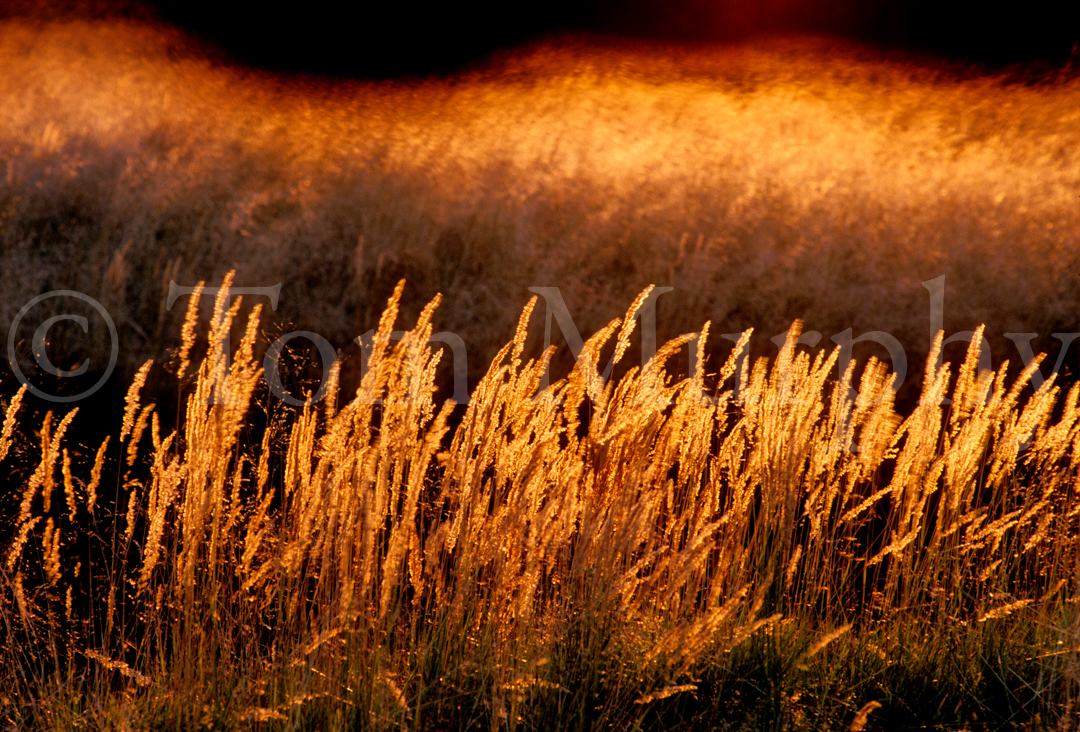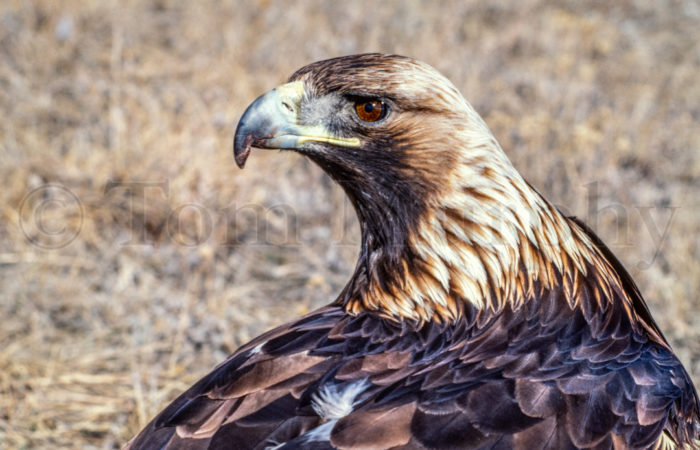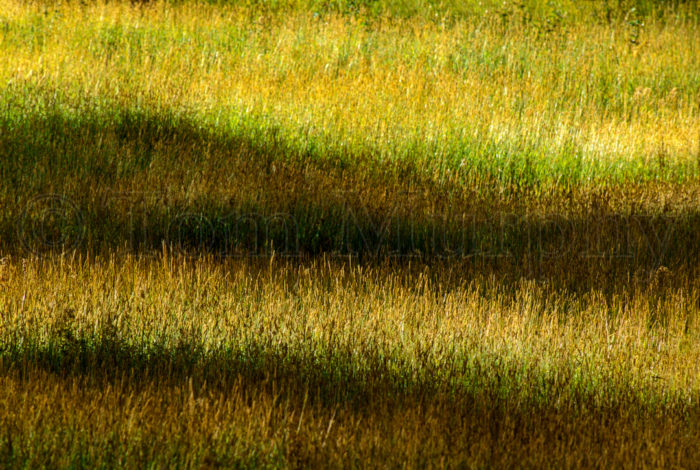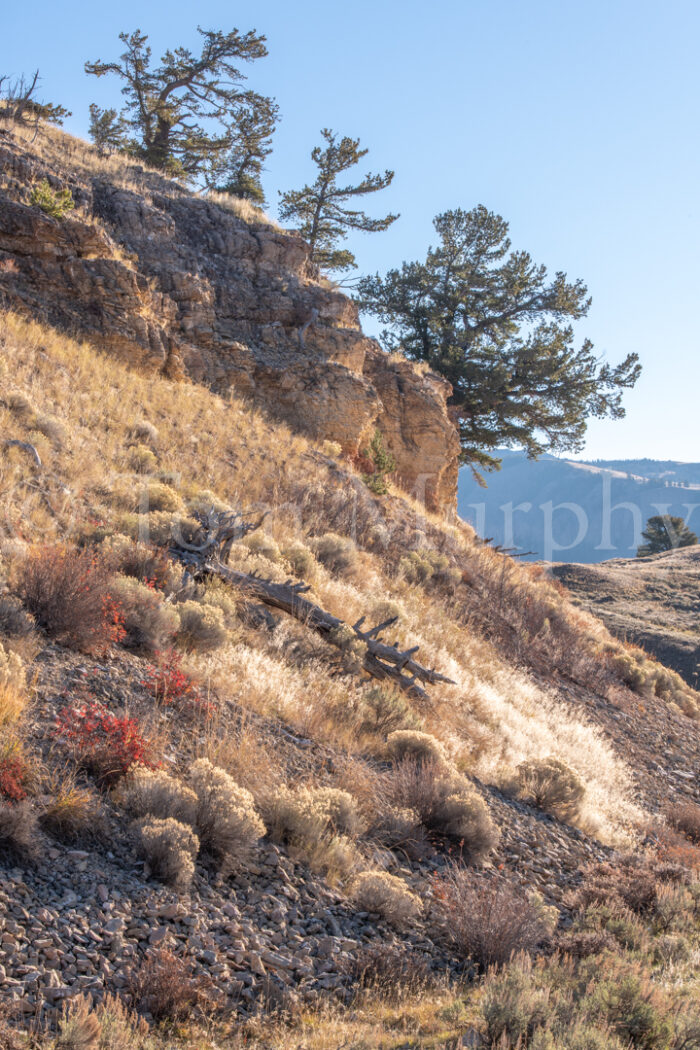Description
The grass family is called Gramineae. These are plants that have narrow leaves with parallel veins and small inconspicuous flowers. The stems, usually round, are mainly hollow except where the leaf is attached. The many species of grasses mature all summer long. Some produce seeds and mature in June, while others do not mature until September. The growth succession ofeach grass follows a pattern of moisture and heat requirements. Each species prefers a specific soil, surface and subsurface moisture, and has certain shade tolerances. Each will also tolerate diverse levels of grazing impacts. This is a very adaptable group of plants that thrive in virtually allenvironments. Mature fall grasses in Yellowstone are predominately yellowand gold, but some have tints of red, blue, green and orange. Sighing and softly hissing, grasses bend and flutter in wavelike shapes as fall winds push through them, picking up seeds, broken stems, dust and the warm smells of September. When the chlorophyll in plants is no longer needed at the end of the growing season, the underlying colors of the grasses that appear are usually yellow and gold. The colors scattered across the hillsides become amosaic of shapes determined by species variation, soil and moisture differences, orientation of the stems from wind and other disturbances, and the angle and quality of the light striking them. I find that the communities of montane grasses under the infinite variety of light and shadow become a constant source of beauty.




